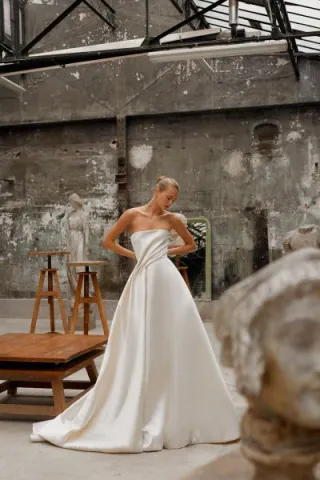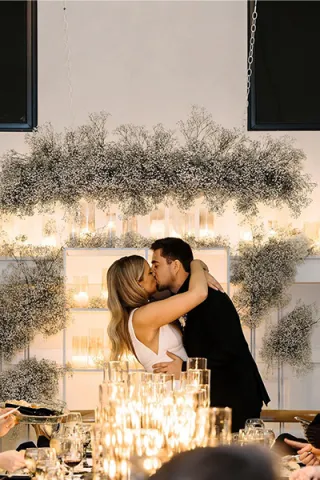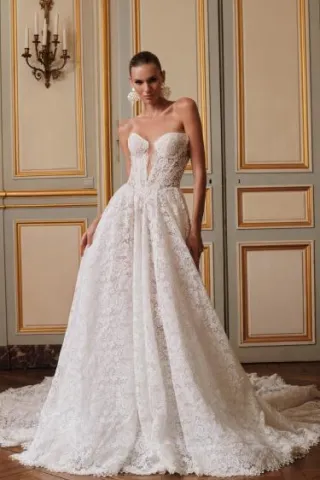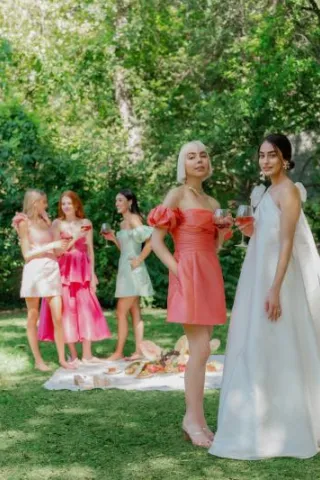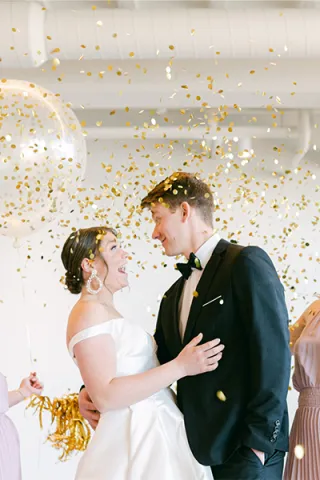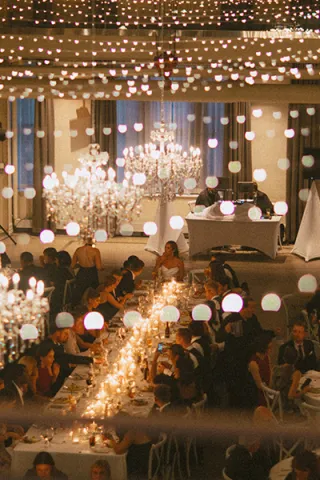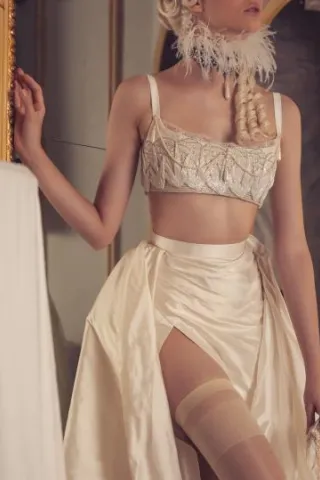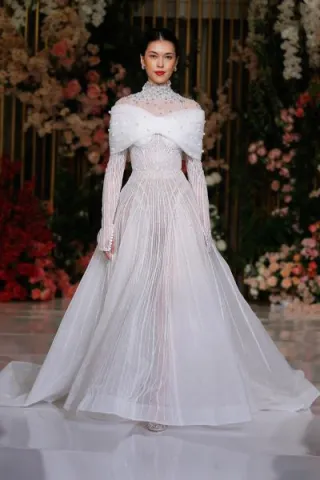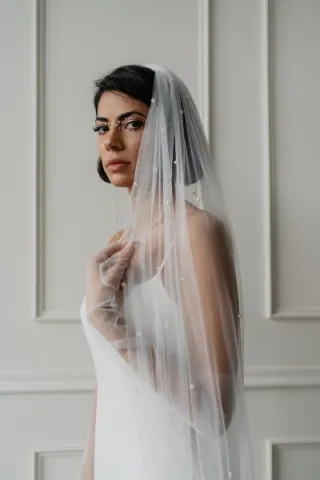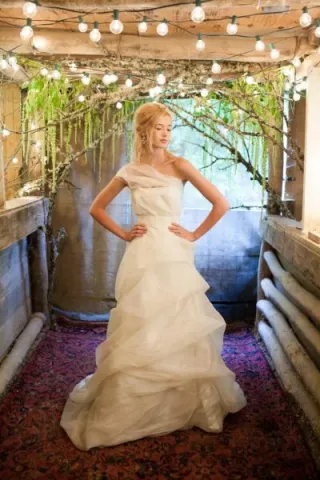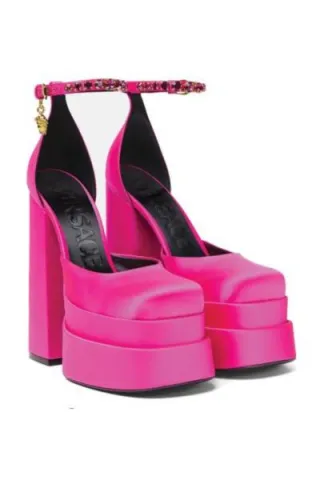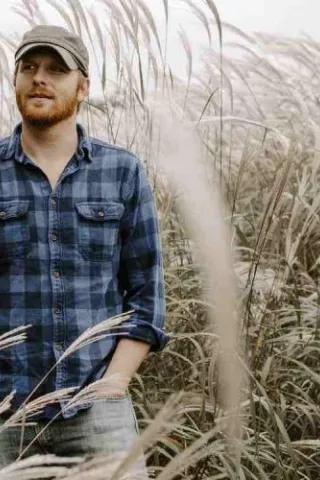Q. I want to wear a vintage wedding gown, but I’m overwhelmed by the thought of shopping for one. How do I find a vintage dress and, more importantly, make it my own?
A. Vintage gowns tend to be very well-made, using construction and finishing methods only found today in high-end, couture fashion. These gowns are often made of natural fabrics such as silk dupioni or cotton organdy that drape and pleat in beautiful ways. But those gowns can also come with long puffy sleeves and high collars, which may not suit every bride; that’s where customization comes in.
If you’re shopping in the Twin Cities, start your search at Andrea’s Vintage Bridal in Minneapolis, which boasts a huge selection of vintage gowns, as well as a staff that knows how to custom-fit vintage gowns to the modern girl. Owner Andrea Erickson developed a custom sizing process where they use the excess fabric from a gown’s puffy sleeves or unwanted skirt layers to build out the bodice of the dress, opening a size 6 up to a size 14. This also allows for custom necklines, straps and sleeves, as well as hems and bustles. “Our seamstresses are talented and creative, and their scope of knowledge extends far beyond traditional bridal,” says sales and design consultant Nikolina Erickson-Gunther.
Vintage wedding dresses embrace a variety of shapes. Hip-hugging silhouettes—reproduction gowns from the ’30s and ’80s—work well with brides who are apple-shaped or a bit top-heavy. Brides with a pear-shaped figure should consider a fuller skirt, in fashions from the ’50s or ’70s. Hourglass figures tend to look great in A-line ’70s gowns and early ’60s gowns with detachable trains, while ’40s gowns look especially lovely on a lean, athletic frame. Petite gals are often right at home in the gamine-worthy late-’60s gowns in a shift shape. “We love it when our clients are open to embracing designs and styles that are new to them,” says Erickson.

